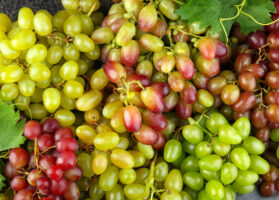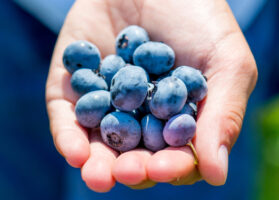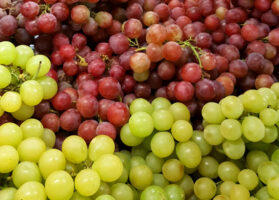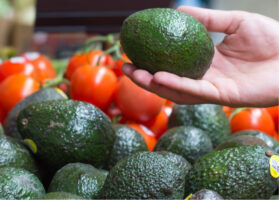U.S. lemon and mandarin demand boosting Chilean exports
Overview of lemons and mandarins from Chile in the U.S. market, complemented by charts from Agronometrics. Original published on June 20, 2022.
Chile’s lemon and mandarin export growth in the U.S. is prompting ever greater numbers of producers in the regions of Coquimbo, Valparaíso, Metropolitana and O’Higgins to switch to the citrus crops from avocados and table grapes, a new USDA report has revealed. The increase in lemon and mandarin volumes is continuing as orange production gradually declines, with demand in China also a major factor.
According to a newly-released USDA analysis, lemon export volumes to the key U.S. market increased by 20.6% between the 2019/20 and 2020/21 seasons, while exports to China rose by 15.5%.
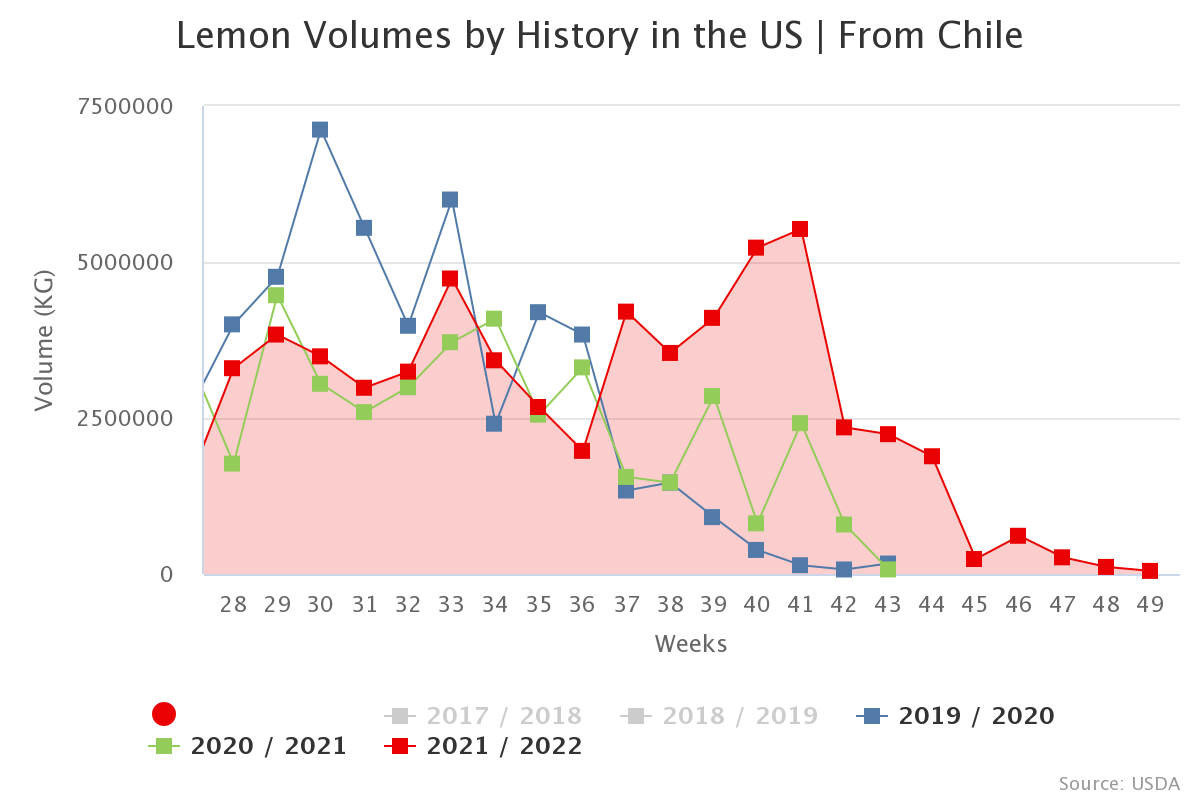
Source: USDA Market News via Agronometrics.
(Agronometrics users can view this chart with live updates here)
Building on steady production and export gains over the past decade, Chile shipped 101,996 tons of lemons during 2020/21, including 65,682 tons to the U.S. In fact, the U.S. accounted for 64.4% of the total and represented by some way Chile’s biggest export market for lemons. Exports to China also grew to 6,532 tons in 2020/21 compared with 5,657 tons the previous season.
Exports to the U.S. during the 2020/21 period were worth $48.9m, up 11.8% from the $43.7m recorded during 2019/21. Revenue generated from exports to Chile’s third-biggest market for lemons, China, also reached $7.7m, a 145.6% rise from 2019/20’s $6.7m.
However, total global export revenue fell by 2.2% to $91.4m, while the export value of lemon volumes shipped to Japan – the second-placed market – also decreased to $15.4m from $17.1m, a 9.9% decrease.
As with lemons, mandarins experienced a productive 2020/21 season, with some 183,957 tons exported to the U.S., a 6.8% increase from the season before. Also in common with lemons, the U.S. is the dominant export market for Chilean mandarins, receiving almost 95% of the 193,821 tons exported worldwide. The other notable export increase was to Chile’s third-largest market for mandarins, the UK, where exports grew by over 71% from 2019/20 to 2020/21 to 2,795 tons.
The UK also proved to be the highpoint in terms of export revenue generated, with export value up by almost 47% to $3.3m compared with $2.2m the season before. However, the value of exports to the U.S. dipped by 2.2% to $177.1m from 181m, while overall worldwide export value also decreased by 3.3% to $188.3m from $194.7m.
Total mandarin (including mandarins, clementines and tangerines) planted area rose by 32.6% between the 2019/20 and 2020/21 seasons to 11,194 hectares, continuing a significant increase in production during the past 10 years. By contrast, only 3,629 hectares were in production during 2011/12.
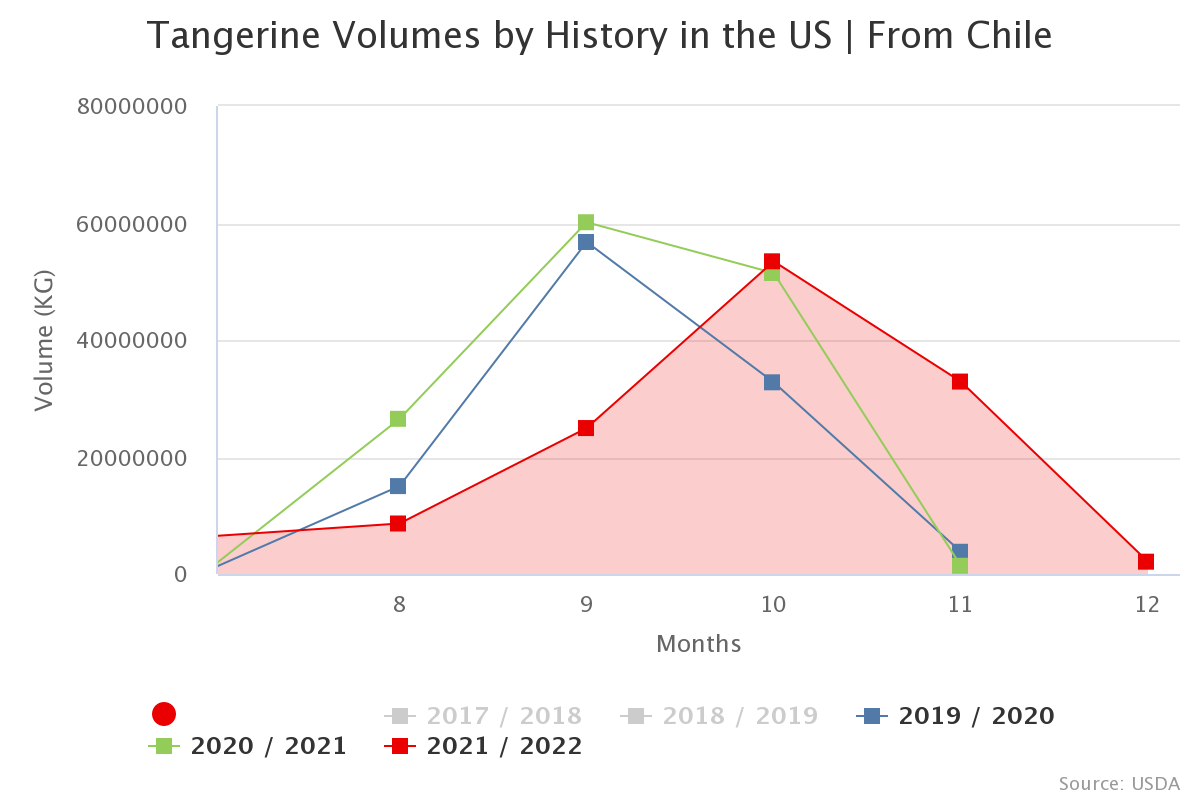
Source: USDA Market News via Agronometrics.
(Agronometrics users can view this chart with live updates here)
According to the USDA, Murcott has been the preferred variety for much of this time, however – with one eye on China – Chilean mandarin producers are reportedly diversifying into newer varieties, such as Orogrande, Clemenules and Tango.
Almost half of the total planted area is located in Coquimbo region (47%), totalling 5,309 hectares, with the remainder largely accounted for by growers in O’Higgins (21.9%) and Valparaíso (20.7%).
In the case of lemons, the planted area grew from 5,911 hectares in 2016/17 to 8,038 hectares in 2021/22, with production centered on central and northern areas from December to March for the domestic market and June to September for export.
Central Metropolitana region accounts for the bulk of production (41%), followed by Valparaíso and Coquimbo (25% and 20%) and O’Higgins (12%). However, planted area in O’Higgins has grown by over 69% in the past three years, thanks to moderate temperatures and high availability of water, the report said.
Although the report found that Chile’s total orange producing area increased by 07% to 6,371 hectares, it was not enough to reverse the downward trend that has been evident over the past 10 years. In the 2011/12 season, the country’s orange planted area spanned some 7,389 hectares, however this has gradually decreased as producers have shifted to mandarins and lemons because of their higher profitability.
The News in Charts is a collection of stories from the industry complemented by charts from Agronometrics to help better tell their story.
Access the original article with this (Link)



